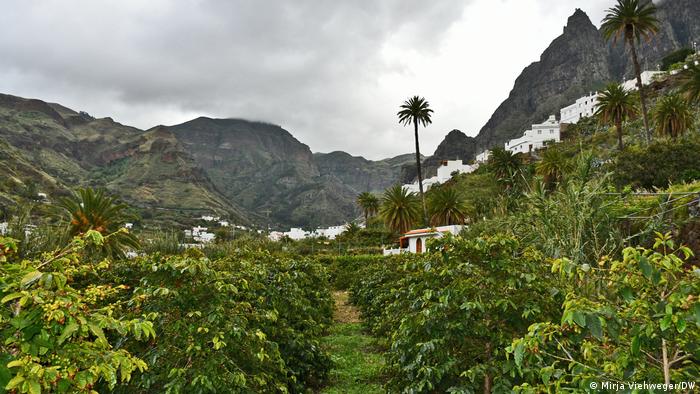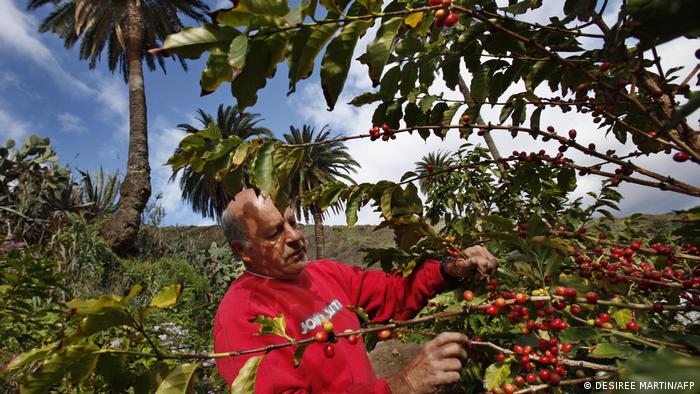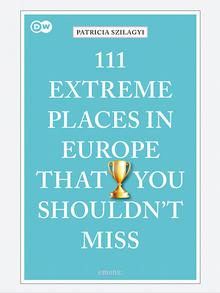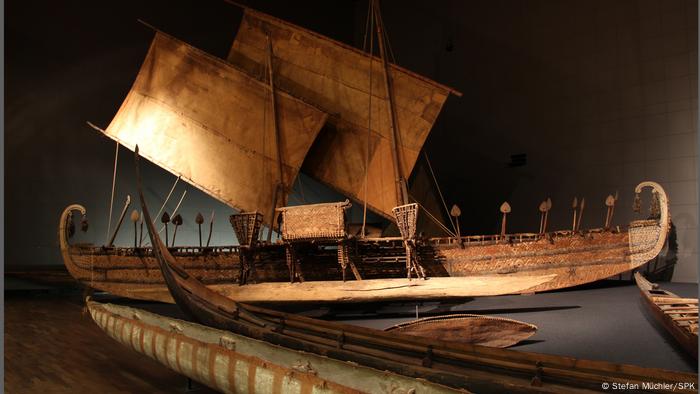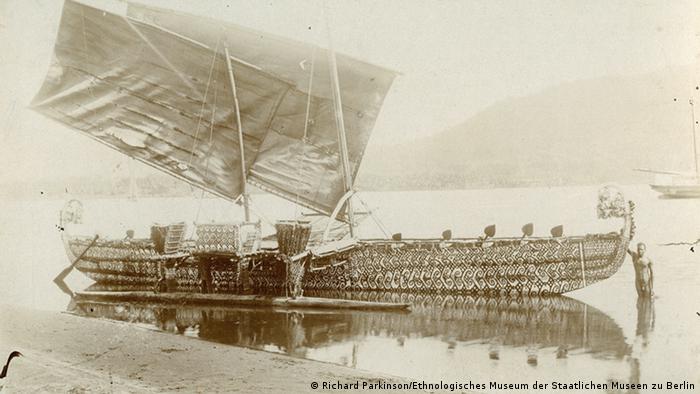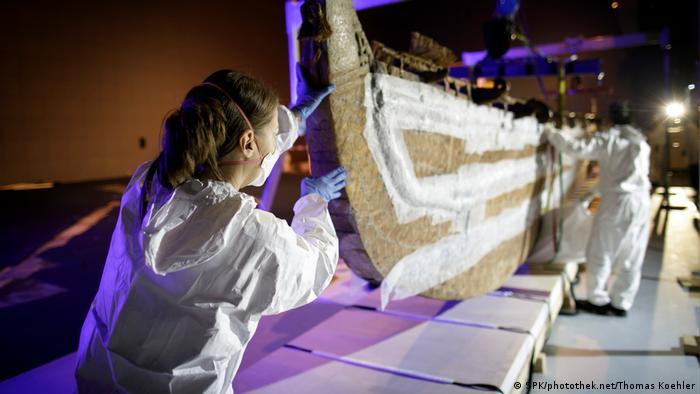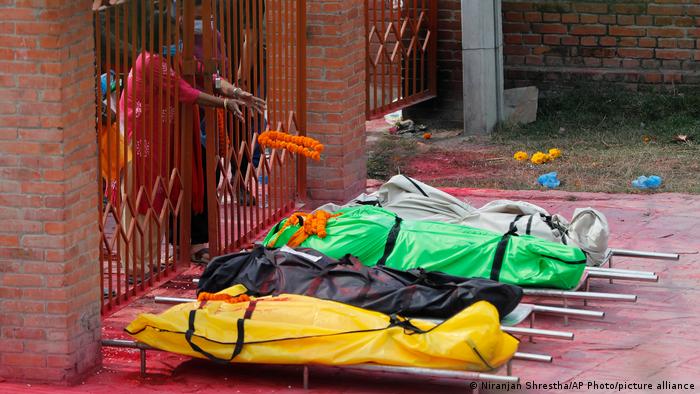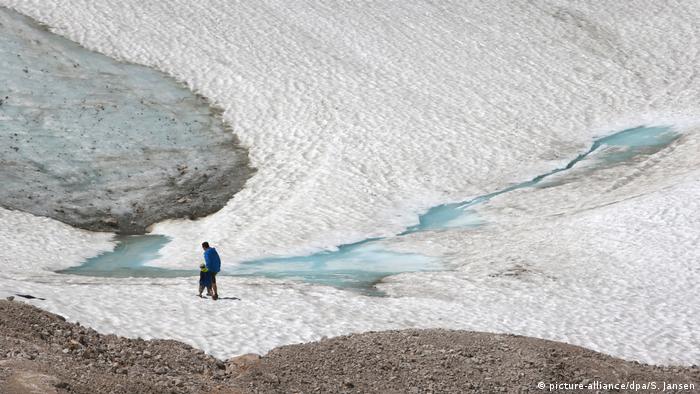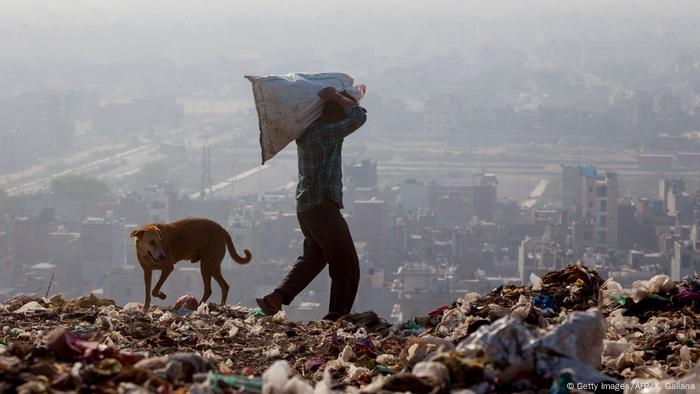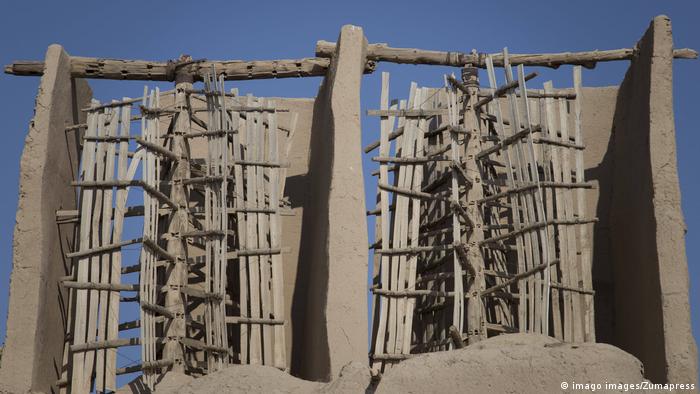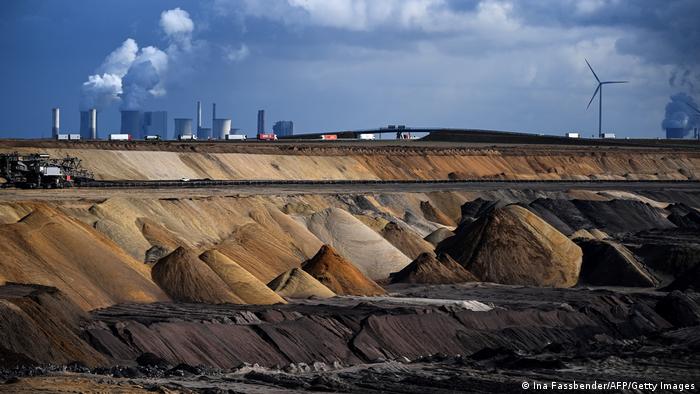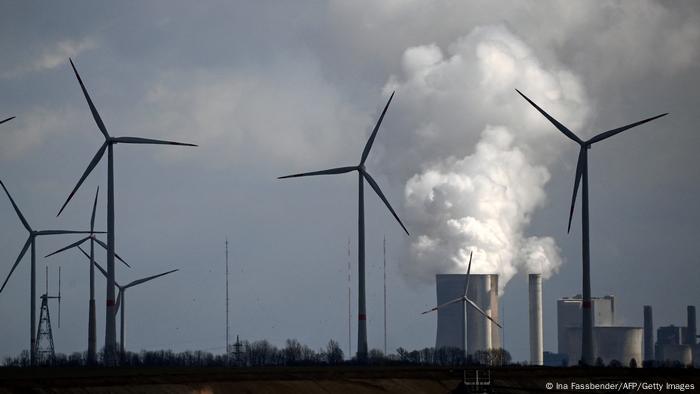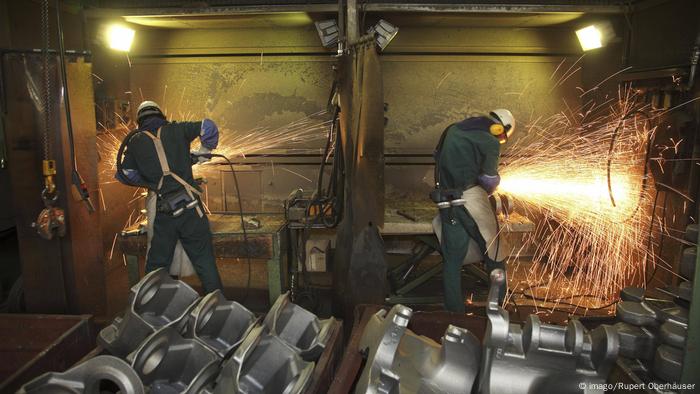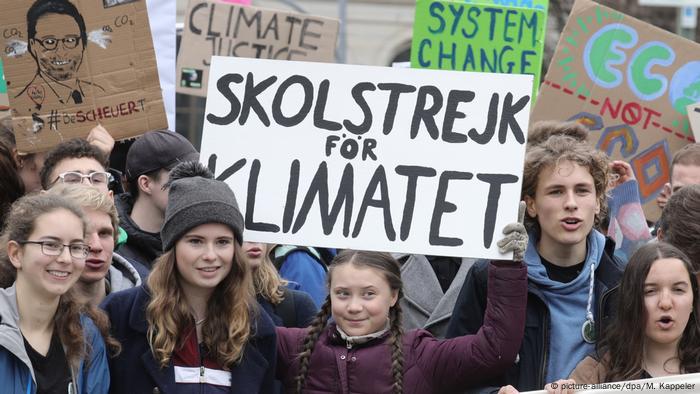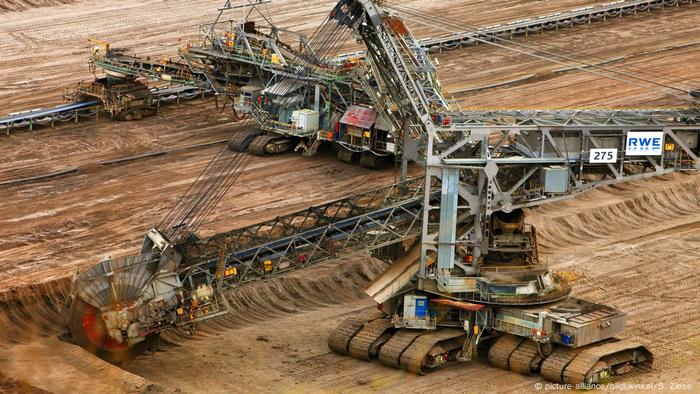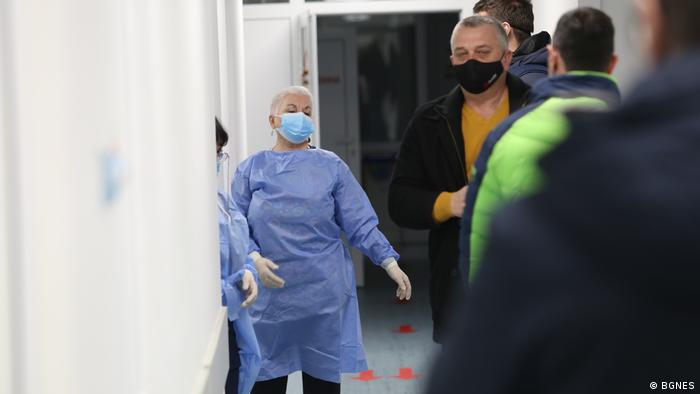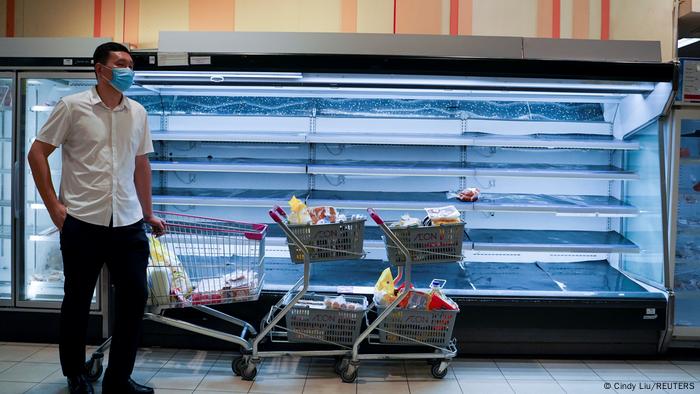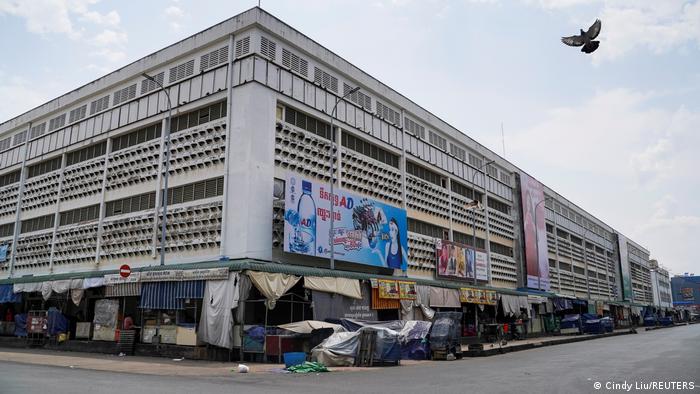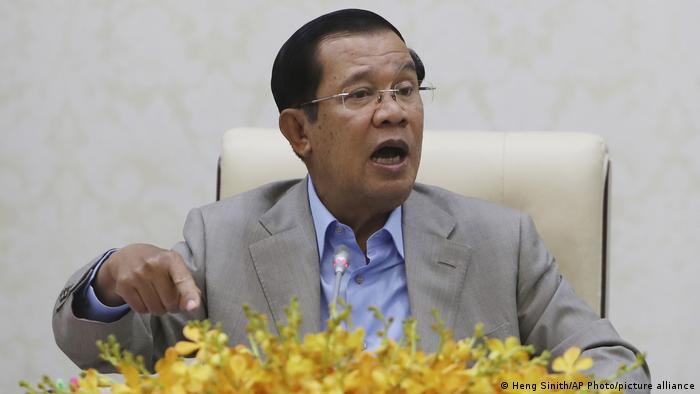China's COVID-19 disinformation push, aided by Canadian group, raises concerns about next pandemic
As it claims to have snuffed out local transmission of COVID-19, the regime is casting the pandemic in a dramatically new light
Author of the article: Tom Blackwell
Publishing date: Mar 28, 2020 •
Chinese commuters wear protective masks as they line up in a staggered formation while waiting for a bus at the end of the work day on March 20, 2020 in Beijing, China. PHOTO BY KEVIN FRAYER/GETTY IMAGES
It’s safe to say China’s foreign ministry does not often pay much attention to obscure Canadian research organizations run by conspiracy theorists.
But earlier this month the ministry’s spokesman tweeted in English not once but three times about two surprising articles from the Montreal-based Centre for Research on Globalisation.“This is so astonishing that it changed many things I used to believe in,” Lijian Zhao wrote to 500,000 followers on a social-media platform his fellow Chinese are banned from using. “Please retweet to let more people know about it.”The “astonishing” piece suggested that COVID-19 did not originate in Wuhan, China, as Chinese and other scientists have reported, but was brought to Wuhan by American soldiers last November.This is so astonishingDespite the dubious source, Zhao tweeted about another article on the institute’s website — a hotbed of 911-deniers and champions of Vladimir Putin’s worldview — and then tweeted “it might be US army who brought the epidemic to Wuhan. Be transparent!”.
IT IS AN ANTI IMPERIALIST SITE AGAINST CAPITALIST GLOBALIZATIONBeijing and its media outlets did not stop there. They’ve also suggested recently the virus might have originated in Italy, and that a Wuhan doctor arrested after raising the alarm about the new virus — only to later die from it — was a Communist Party hero, not an inconvenient whistleblower silenced by the state.Only a couple of months ago, China was pilloried for initially covering up and then underplaying the newly emerging coronavirus.But as it emerges from a strict lockdown and claims to have snuffed out local transmission of COVID-19, the regime is casting the pandemic in a dramatically new light. It’s one that reflects brightly on the government of President Xi Jinping — and raises worrisome questions about the likelihood of China making changes that might prevent the next pandemic.“The Chinese Communist Party sees itself as engaged in a global competition over the narrative surrounding COVID-19, its origins and government responses,” says Julian Gewirtz, Harvard-affiliated author of Unlikely Partners: Chinese Reformers, Western Economists and the Making of Global China.“The disinformation, the conspiracy theory peddling and the wild and unsubstantiated accusations are prime examples.”

This photo taken on March 18, 2020 shows residents reacting below a banner of appreciation as members of a medical assistance team from Yunnan province depart after helping with the COVID-19 coronavirus recovery effort in Wuhan, in China’s central Hubei province. PHOTO BY STR/AFP VIA GETTY IMAGES
China’s role in the beginnings of the pandemic has, of course, become political fodder in the United States, where President Donald Trump insists on ignoring the medical name of the new disease, calling it the “Chinese virus” instead.
Increased reports of anti-Asian racism and xenophobia in the U.S. have followed. China is a convenient scapegoat now that the U.S. actually has more COVID-19 cases, a soaring death toll and overwhelmed hospitals in some places.
Meanwhile, China has received widespread praise for its eventual, aggressive response to the new virus, imposing a massive quarantine around the epicenter in Wuhan that helped at least slow the virus’s spread elsewhere. Chinese scientists have also been key in isolating the pathogen and mapping out its unique qualities.The origins of the pandemic are a complex question best left to scientists, said China’s embassy to Canada in an email response to National Post questions.“People of the world have all witnessed that it is under the leadership of the CPC (Communist Party of China) that the Chinese people achieved independence, freedom and liberation and made enormous progress in national development,” said the mission’s statement. “It is also under the leadership of the CPC that the Chinese nation united as one and speedily fought against COVID-19, buying precious time for the global response.”The Chinese Communist Party sees itself as engaged in a global competition over the narrative surrounding COVID-19, its origins and government responsesBut beyond name-calling by the U.S. and chest-thumping by China, there are clear reasons to look toward Beijing and its part in the expanding crisis, reasons that could determine if the world faces a similar calamity in the near future.While the precise genesis of the disease is still something of a question mark, the current consensus reflects the conclusions of a group of 34 Chinese researchers, and one Australian, in the journal Lancet late last month.The coronavirus, like others of its type, seems to have originated in bats, then jumped to live animals sold at a market in Wuhan, the specific culprit likely being an odd beast called a pangolin, and from there to humans, their paper concluded. Microbiologist David Kelvin of Dalhousie University, who has had a longstanding collaboration with researchers in Shantou, China, agrees.It’s not totally implausible that it might have been circulating in humans earlier somewhere else — like Italy, he said. A “sero-prevalance” study that tested banked blood samples from well before the start of the pandemic might determine if there’s anything to the theory .
A Chinese commuter wears a protective mask while riding through a nearly empty intersection during the afternoon rush hour on March 6, 2020 in Beijing, China. PHOTO BY KEVIN FRAYER/GETTY IMAGES
But, he said, “the data right now suggest that the origins are Chinese.”In that regard, COVID-19 has obvious parallels.The 2003 SARS virus, to which the new virus is closely related, is thought to have originated in bats, then leapt to animals sold at live markets in China’s Guangdong province — probably the civet cat — and on to people.The H7N9 influenza virus, which has caused a string of relatively small but deadly epidemics in China, likewise moved from bats to wild fowl and then domestic poultry bought live by consumers, Kelvin said.Wild animal sales were ordered stopped after SARS, then re-emerged. Beijing has now banned trade in live wild animals like the pangolin for food, though apparently not for use in traditional medicine.Live wild game sales in China and other countries must be ended completely, otherwise “we predict with confidence that COVID-19 will not be the last viral pandemic,” virologist Nathan Wolf and “Guns, Germs and Steel” author Jared Diamond wrote in a recent op-ed article.Some want a crackdown to go further. Wet markets, generally, even if just selling domestic animals, should be closed, says Kelvin.Meanwhile, another human factor also seemed key to the spread of COVID-19. As doctors in Wuhan first became aware in December of patients suffering a mystery pneumonia — and infecting health-care workers — some put out the word to colleagues. But then eight of them, including ophthalmologist Li Wenliang, were brought in by police and accused of spreading false rumours. Li died from COVID-19 in February.When officials publicly acknowledged the emergence of a novel pathogen, they at first played down its seriousness, questioning whether it could be transmitted between humans. A holiday banquet of 40,000 people went ahead in Wuhan on Jan. 13.
The Citizen Lab, a University of Toronto Internet watchdog, later reported that a Chinese live-streaming platform started blocking key words related to the outbreak in late December, with broader censorship following that.Wuhan was eventually sealed off from the world on Jan. 23, inside a cordon sanitaire of unprecedented scale. Amid the initial suppression, virus carriers had already left the transportation hub in droves. The first Canadian case, a traveller who had visited the city, surfaced Jan. 26.The emergence of COVID-19 was at first a public-relations disaster for China, an emerging superpower keen to bolster its international influence and prestige.

A woman wearing a face mask walks past a poster of late Li Wenliang, a Chinese ophthalmologist who died of coronavirus at a hospital in Wuhan, as the spread of the coronavirus disease (COVID-19) continues in Prague, Czech Republic, March 27, 2020. PHOTO BY REUTERS/DAVID W CERNY
Then it began trying to change the conversation, and the pandemic’s core facts.Among the first, startling examples was Foreign Ministry spokesman Zhao’s posts earlier this month.One of the Montreal centre’s articles he tweeted about suggested that American soldiers who visited the World Military Games in Wuhan in December might have brought over the virus. Another suggested they caught the bug from a shuttered U.S. disease lab.The centre’s website, globalresearch.ca, is replete with such conspiracy theories, including claims that Al Qaeda and the 911 attacks were an American invention, that the U.S. manipulates the weather as a potential weapon of mass destruction and vaccines are “genetic poisons.”The website earlier came to the attention of the Latvia-based Strategic Communications Centre (StratCom), a NATO-affiliated thinktank, because of its consistent dissemination of articles reflecting Kremlin propaganda. A recent piece suggested NATO was preparing to attack Russia.Those articles tend to reflect disinformation that was originally spread by Russian operatives. Then, to bolster the legitimacy of the dubious reports in a sort of “information laundering,” the Canadian items are quoted back by Kremlin-controlled media, Janis Sarts, StratCom’s director, said in an interview Friday.“When Russia needs to refer to a Western source, this is typically the site that is quoted,” he said.In a similar vein, the site’s articles on COVID-19 quote extensively from the Chinese Communist party’s Global Times, only to be later cited by a Beijing official.For those not convinced the pandemic originated in the U.S., state-controlled media like the Global Times and CGTN have proffered another suggestion: that it began last November in Italy.We have not seen the last Li WenliangBut when Italian newspaper Il Foglio reached the supposed Italian source for one such report, the pharmacology professor told the outlet “it’s propaganda. The virus is from Wuhan. Science has no doubt about that.”Then there is the reinvention of Li Wenliang’s tragic story. His death triggered an outpouring of public grief and anger at authorities “unlike anything else I can remember,” said Gerwitz.That was before the regime claimed him as one of its own. Local police were punished for unfairly persecuting him and official organs described him as a loyal party member.So how does all this bode for the future? If another new virus emerges within its borders, will China be more transparent, allowing public health to quickly and definitively stop the germ before it spreads? Will traditional food commerce be changed for good?Gerwitz says all countries, and particularly his own, need to be held accountable for how they handled the pandemic, which has killed over 1,000 Americans under a president who also once downplayed its gravity.As for China, though, he’s not overly optimistic.Rather than make the necessary changes, Beijing may see the crisis as a reason to intensify even further its surveillance and control of the population.“We have not seen the last Li Wenliang,” Gerwitz said of the doctor whistleblower. “The question his case raises is whether the next Li Wenliang will even have the opportunity to send that first message.”
